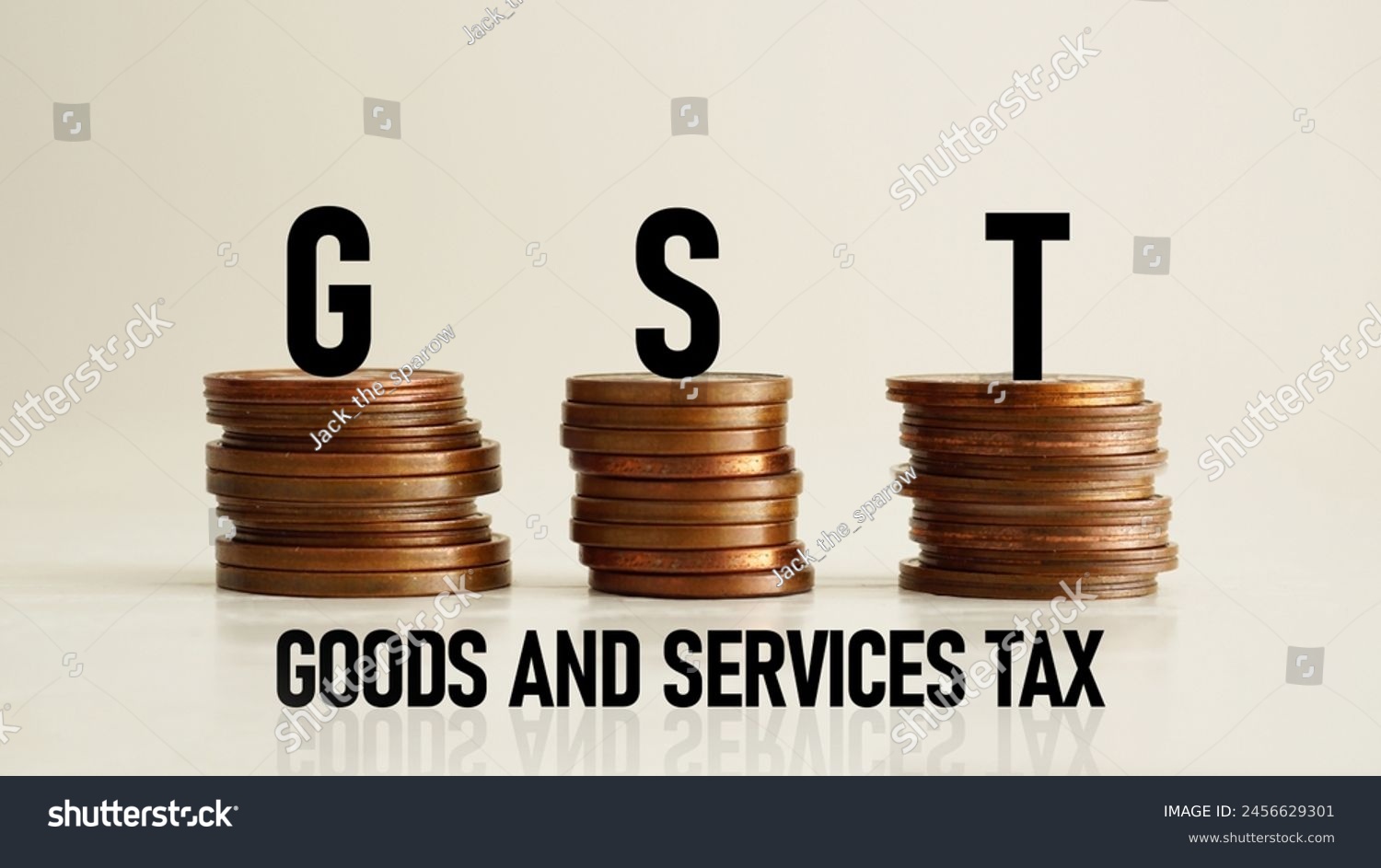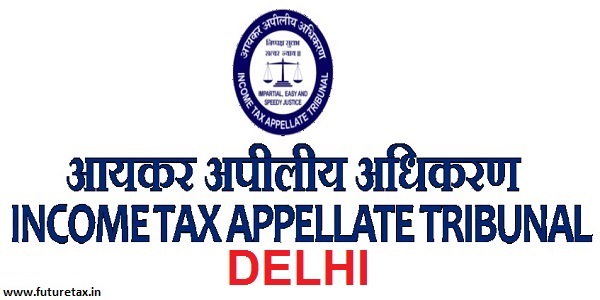
GST Return Filing Process 2024: A Step-by-Step Guide
- GST
- August 25, 2024
- No Comment
- 369
- 12 minutes read
GST Return Filing Process 2024: A Step-by-Step Guide
Goods and Services Tax (GST) has transformed the taxation landscape in India since its introduction in 2017. As we move into 2024, it’s essential to stay updated with the latest procedures and requirements for filing GST returns. Whether you’re a seasoned business owner or new to GST, understanding the process can help you avoid penalties and ensure compliance. This comprehensive guide will walk you through the GST return filing process step by step.
1. Understanding GST Returns: An Overview
GST returns are forms that a taxpayer must submit to the tax authorities, containing details of income, sales, purchases, and other related information. These returns are used to calculate the taxpayer’s tax liability and facilitate tax payment.
Types of GST Returns:
- GSTR-1: This return is for reporting outward supplies (sales) made by a business. It includes details of invoices, debit and credit notes issued during the month or quarter.
- GSTR-3B: A summary return that consolidates a taxpayer’s total sales, tax liability, and input tax credit (ITC) for the month. It is the primary return for tax payment.
- GSTR-4: For composition scheme taxpayers, this annual return summarizes the quarterly returns filed during the year.
- GSTR-9: An annual return that must be filed by regular taxpayers, containing a summary of all the monthly or quarterly returns filed during the financial year.
- GSTR-9C: A reconciliation statement that is required if the taxpayer’s turnover exceeds ₹5 crores, certified by a chartered accountant.
Action Point: Identify the type of GST returns applicable to your business based on your turnover and the nature of your supplies.
2. Prerequisites for Filing GST Returns
Before you start filing your GST returns, ensure you have the following in place:
- GST Registration: Make sure your business is registered under GST and that you have your GSTIN (GST Identification Number).
- Access to GST Portal: Ensure you have access to the GST portal (www.gst.gov.in) with your login credentials.
- Invoice Details: Maintain a detailed record of all sales and purchase invoices for the period you’re filing the return. This includes both B2B (Business to Business) and B2C (Business to Consumer) transactions.
- Digital Signature Certificate (DSC): For companies and LLPs, a DSC is mandatory for filing GST returns. For other businesses, an EVC (Electronic Verification Code) can be used.
- Reconciliation of Accounts: Reconcile your purchase and sales registers with the returns of your suppliers to ensure that input tax credit is accurately reflected.
Action Point: Gather all necessary documents and data before initiating the GST return filing process to ensure a smooth and error-free filing.
3. Filing GSTR-1: Reporting Outward Supplies
GSTR-1 is the return where you report details of your sales and other outward supplies. It is a crucial document that helps the government track the supply chain and determine the tax liability of the taxpayer.
Steps to File GSTR-1:
- Login to the GST Portal: Go to www.gst.gov.in and log in using your GSTIN and password.
- Navigate to GSTR-1: Under the “Returns Dashboard,” select the financial year and return filing period, then click on GSTR-1.
- Enter Invoice Details:
- B2B Sales: Enter the details of sales made to other registered businesses, including GSTIN, invoice number, date, value, and tax rate.
- B2C Sales: Report the details of sales made to unregistered individuals or entities. For sales above ₹2.5 lakhs, provide the buyer’s details.
- Add Debit/Credit Notes: If you’ve issued any debit or credit notes during the period, enter those details as well.
- Review and Submit: Once all details are entered, review the information carefully. After verification, submit the return.
- Acknowledgment: After successful submission, you’ll receive an acknowledgment with a reference number. This confirms the filing of GSTR-1.
Action Point: Ensure timely and accurate entry of all sales data to avoid discrepancies in subsequent returns.
4. Filing GSTR-3B: Monthly Summary Return
GSTR-3B is a self-declaration return that consolidates the taxpayer’s total sales, tax liability, and input tax credit for the month. It is the most critical return for tax payment under GST.
Steps to File GSTR-3B:
- Login to the GST Portal: Access the portal and navigate to the “Returns Dashboard.”
- Select GSTR-3B: Choose the relevant financial year and return filing period, then click on GSTR-3B.
- Enter Tax Details:
- Sales and Output Tax: Enter the total value of taxable supplies, exempt supplies, and the tax payable on them.
- Input Tax Credit: Report the ITC available for the month, including the ITC on imports, inward supplies, and reverse charge mechanisms.
- Tax Payment: The system will automatically calculate the tax payable after considering ITC. Ensure you have sufficient balance in your electronic cash ledger.
- Make Payment: If there’s any tax liability, pay it using the electronic cash ledger. You can create a challan if necessary.
- Submit and File: After ensuring all details are correct, submit the return and file it using your DSC or EVC.
- Acknowledgment: Post-submission, you’ll receive an acknowledgment with a reference number.
Action Point: Regularly reconcile your sales and ITC data before filing GSTR-3B to avoid errors and discrepancies.
5. Annual Return: Filing GSTR-9
GSTR-9 is the annual return that every regular taxpayer must file, summarizing the details provided in the monthly or quarterly returns.
Steps to File GSTR-9:
- Login to the GST Portal: Access the portal and select GSTR-9 under the “Annual Return” section.
- Auto-Populated Details: The system will auto-populate data from your GSTR-1 and GSTR-3B returns. Review these details carefully.
- Add Missing Information: If any details are missing or incorrect, you’ll need to manually add or edit them. This could include additional outward supplies, amendments, or any tax liability not declared in the monthly returns.
- Declare ITC: Reconcile the ITC claimed throughout the year with the ITC available as per your books. Any discrepancies should be addressed before filing.
- Late Fees and Penalties: If you’re filing late, the system will calculate the late fees. Ensure these are paid before filing.
- Submit and File: After reviewing all details, submit the return using your DSC or EVC.
- Acknowledgment: Upon successful filing, you’ll receive an acknowledgment confirming your submission.
Action Point: Conduct a thorough reconciliation of your accounts before filing GSTR-9 to ensure accuracy and avoid notices from the tax authorities.
6. Important Deadlines and Penalties
GST return filing is time-sensitive, and missing deadlines can result in penalties and interest charges. Here’s a quick overview of the deadlines:
- GSTR-1: Monthly by the 11th of the following month; Quarterly by the 13th of the month following the quarter.
- GSTR-3B: Monthly by the 20th of the following month.
- GSTR-9: Annually by the 31st of December following the end of the financial year.
Penalties:
- Late Filing: ₹50 per day of delay (₹25 CGST + ₹25 SGST) for returns that involve tax payment; ₹20 per day (₹10 CGST + ₹10 SGST) for nil returns.
- Interest: 18% per annum on the tax liability not paid by the due date.
Action Point: Mark these deadlines on your calendar and set reminders to avoid penalties and ensure timely compliance.
7. Common Challenges and How to Overcome Them
Filing GST returns can be challenging, especially for businesses with complex operations. Here are some common issues and tips to overcome them:
- Mismatch in ITC: A common issue is the mismatch between ITC claimed and ITC available as per GSTR-2B. Regularly reconcile your purchase data with supplier returns to avoid this.
- Technical Glitches: The GST portal can sometimes experience technical issues. File your returns well before the deadline to avoid last-minute hitches.
- Multiple Registrations: Businesses with registrations in multiple states must file separate returns for each state, which can be cumbersome. Ensure you maintain separate records for each registration to streamline the process.
Action Point: Stay proactive by regularly updating your accounts and reconciling data. Consider using GST software or consulting a tax professional to manage complex filings.
Conclusion
Filing GST returns in 2024 is a critical task that requires accuracy, timeliness, and a clear understanding of the process. By following this step-by-step guide, you can ensure compliance with GST regulations and avoid unnecessary penalties. Whether you’re a small business owner or managing a large enterprise, staying updated with GST return filing procedures will help you maintain a smooth and compliant tax process.
Remember, effective GST management is not just about filing returns; it’s about maintaining proper records, timely reconciliation, and understanding the tax implications of your business activities. By adopting a proactive approach, you can navigate the complexities of GST with ease and focus on growing your business.




